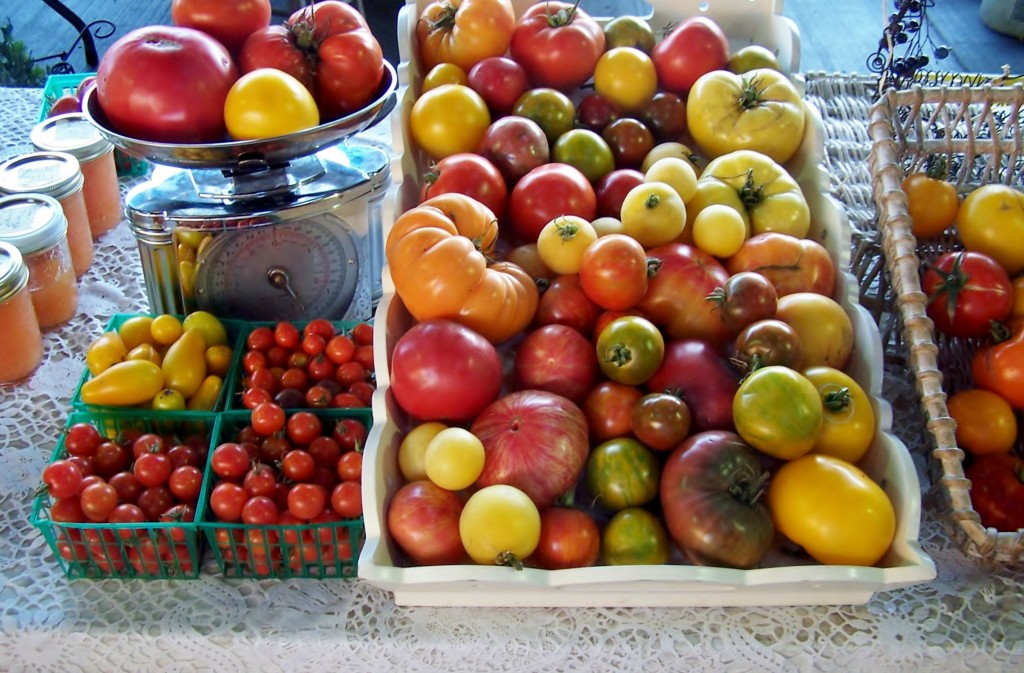.

.
In a paper published by Science (subscription required), researchers give the answer:
It’s the redness.
The New York Times’ Gina Kolata explains:
The unexpected culprit is a gene mutation that occurred by chance and that was discovered by tomato breeders. It was deliberately bred into almost all tomatoes because it conferred an advantage: It made them a uniform luscious scarlet when ripe.
The very gene that was inactivated by that mutation plays an important role in producing the sugar and aromas that are the essence of a fragrant, flavorful tomato. And these findings provide a road map for plant breeders to make better-tasting, evenly red tomatoes.
The discovery “is one piece of the puzzle about why the modern tomato stinks,” said Harry Klee, a tomato researcher at the University of Florida in Gainesville who was not involved in the research. “That mutation has been introduced into almost all modern tomatoes. Now we can say that in trying to make the fruit prettier, they reduced some of the important compounds that are linked to flavor.”
Dr. Ann Powell, a lead author of the Science paper, said there is a way around the issue. Heirloom tomatoes and many wild species do not have the uniform ripening mutation. “The idea is to get the vegetable seed industry interested,” she said.
.
Further Reading:
- Science: Uniform ripening Encodes a Golden 2-like Transcription Factor Regulating Tomato Fruit Chloroplast Development
- The New York Times: Flavor Is Price of Scarlet Hue of Tomatoes, Study Finds
- Harry J. Klee, PhD: Harry’s Tasty Tomato Page
- Dorothy Stainbrook: Tomato Headquarters
.
Hmmm…that doesn’t explain why I still prefer a midwestern tomato–surely they aren’t all heirloom? or perhaps they are?
🙂